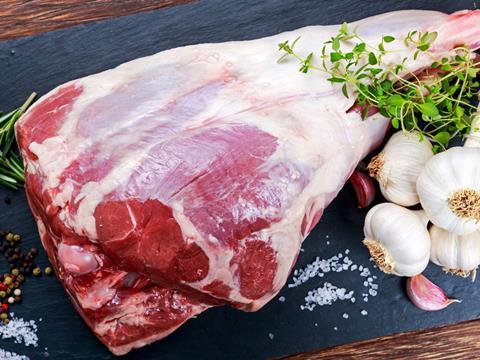
Brits might be tucking into more home-grown lamb this winter, with UK prices falling below New Zealand’s this month for the first time in six years.
Lower costs and higher efficiency rates in New Zealand typically give the country’s sheepmeat exporters a competitive advantage over UK lamb producers. However, with a weak pound increasing the UK’s import costs and a decline in the New Zealand herd size, UK lamb carcase prices are currently lower than New Zealand’s in GBP terms - for the first time since 2011.
At the start of November, UK lamb deadweight prices hit a yearly low of £3.36/kg, down 16% year on year. Meanwhile, New Zealand carcase prices in GBP terms are up a whopping 51% year on year at £3.82/kg.
It follows an improvement in the UK lamb crop this year, which was set at a 12-year high when last evaluated in July at 15.8 million head. Good weather conditions over the summer combined with low incidents of disease and infant mortality are expected to give the UK higher supplies going forward.
New Zealand is in a very different state. Its lamb herd size has declined continuously over the past three years as poor weather and a recent upturn in profitability for the dairy market prompted farmers to limit lamb numbers or exit the market completely.
At the same time, New Zealand has seen strong demand for sheepmeat from China, where the value of its exports is increasing.
This sets up for an exciting period over the next six months as UK slaughterings start to wind down seasonally over the next six months, it is likely that there will be more UK lamb hitting the domestic market, while it may become harder to source frozen lamb from New Zealand.
Michael Liberty is a market analyst with Mintec





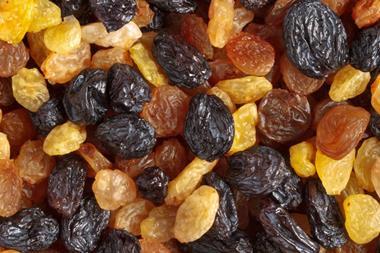


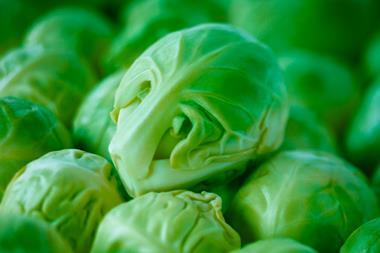
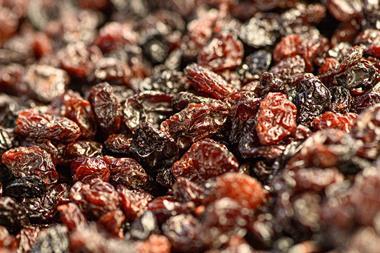

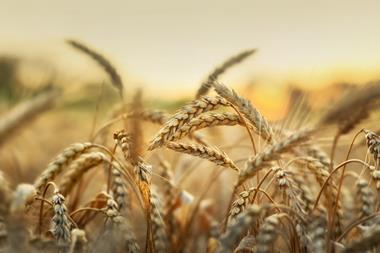
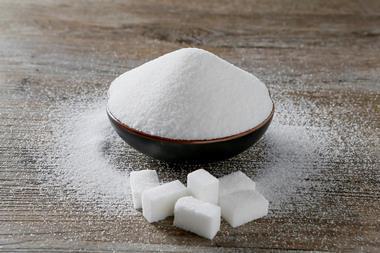

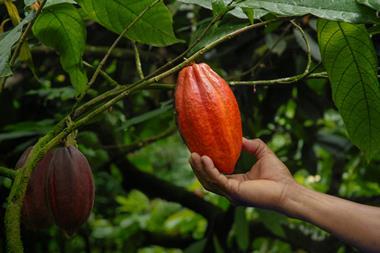
No comments yet